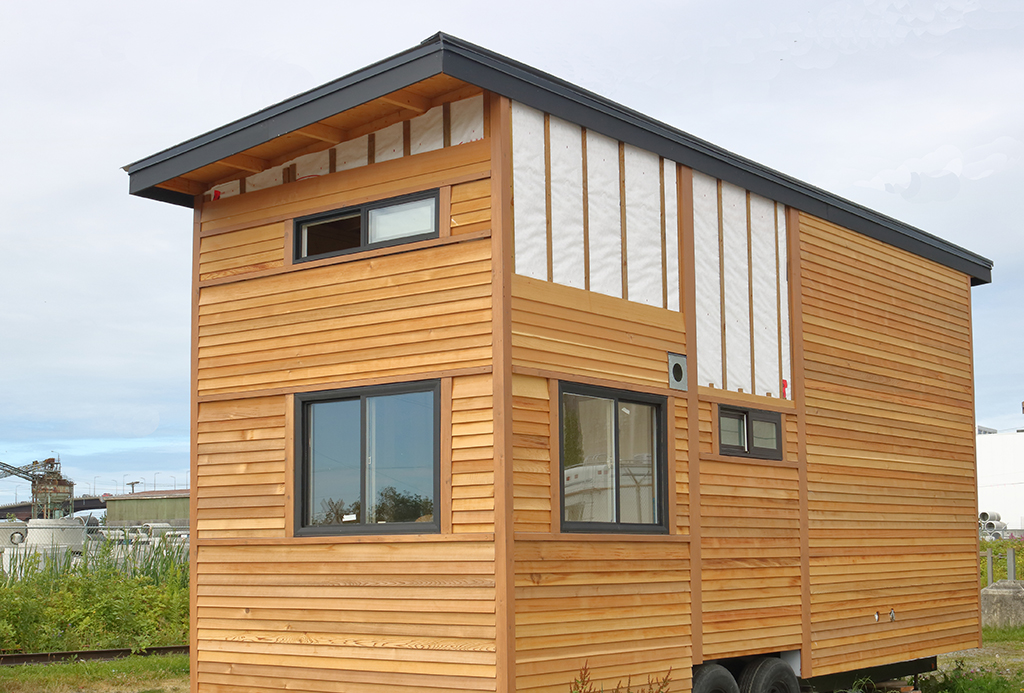
Lack of supply in the British property market has provoked the rise of the ‘micro-home’ – apartments of less than 37 square meters.
In 2016, almost 8,000 homes of this size were built, more than triple the number built in 2013 (2,300) and more than any year on record.
A change to planning regulations in 2013 meant that developers could change the use of existing buildings more easily – from offices to residential for example – without notifying the authorities.
In the large urban areas of London, Liverpool and Bristol, micro-homes are becoming increasingly popular.
The small spaces available are getting high uptake despite property professionals warning that their value may not rise as fast as larger residences.
David Blake of Which? Mortgage Advisers said: “With the average London micro-property selling for £279,000, smaller homes can represent a more realistic opportunity for many but can also be harder to mortgage.
“Smaller properties can put lenders off due to concerns around the future value of the investment. However, there are mortgage lenders who are receptive to properties of this nature, if demand is high enough and sustainable.”
For some, the squeeze on living space has prompted an exodus to mainland Europe, where larger living areas are common. In Denmark, the average new-build home is 137 square meters, compared with 76 square meters in the UK.







